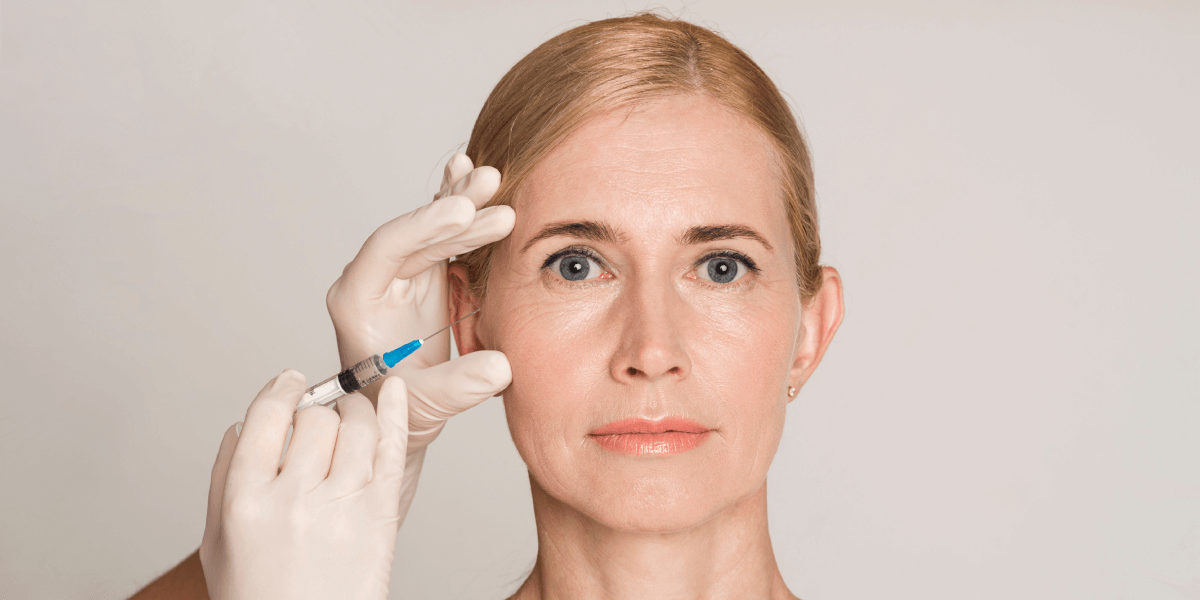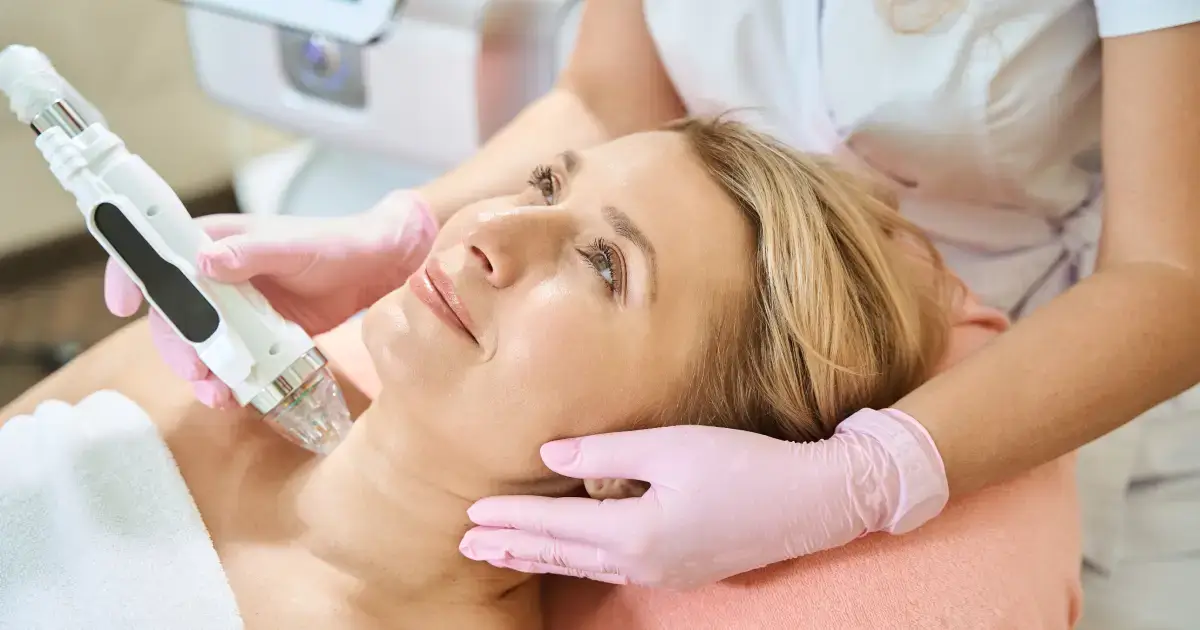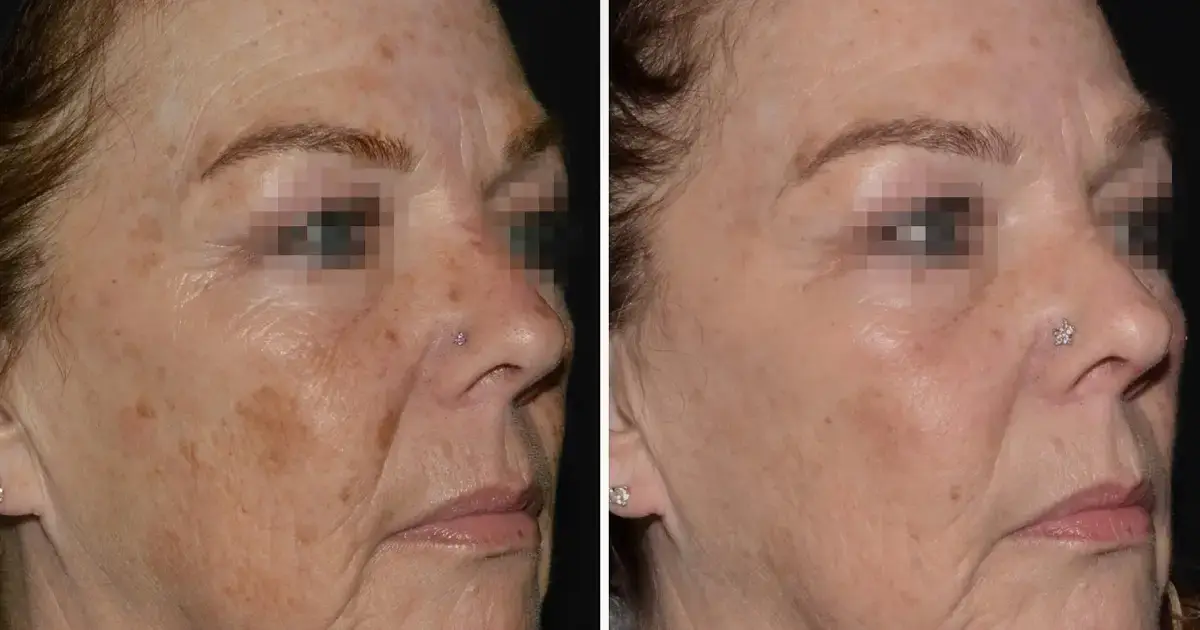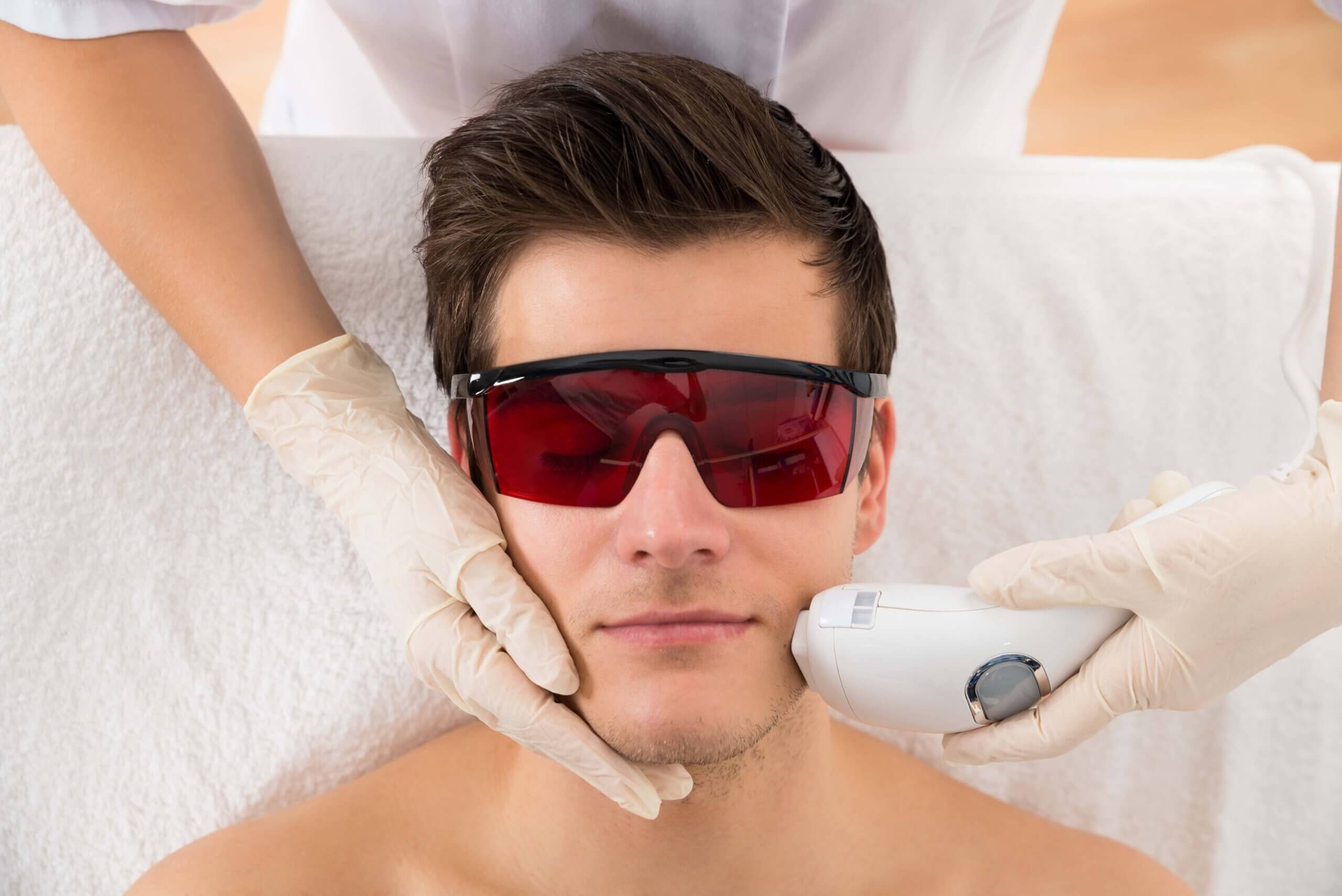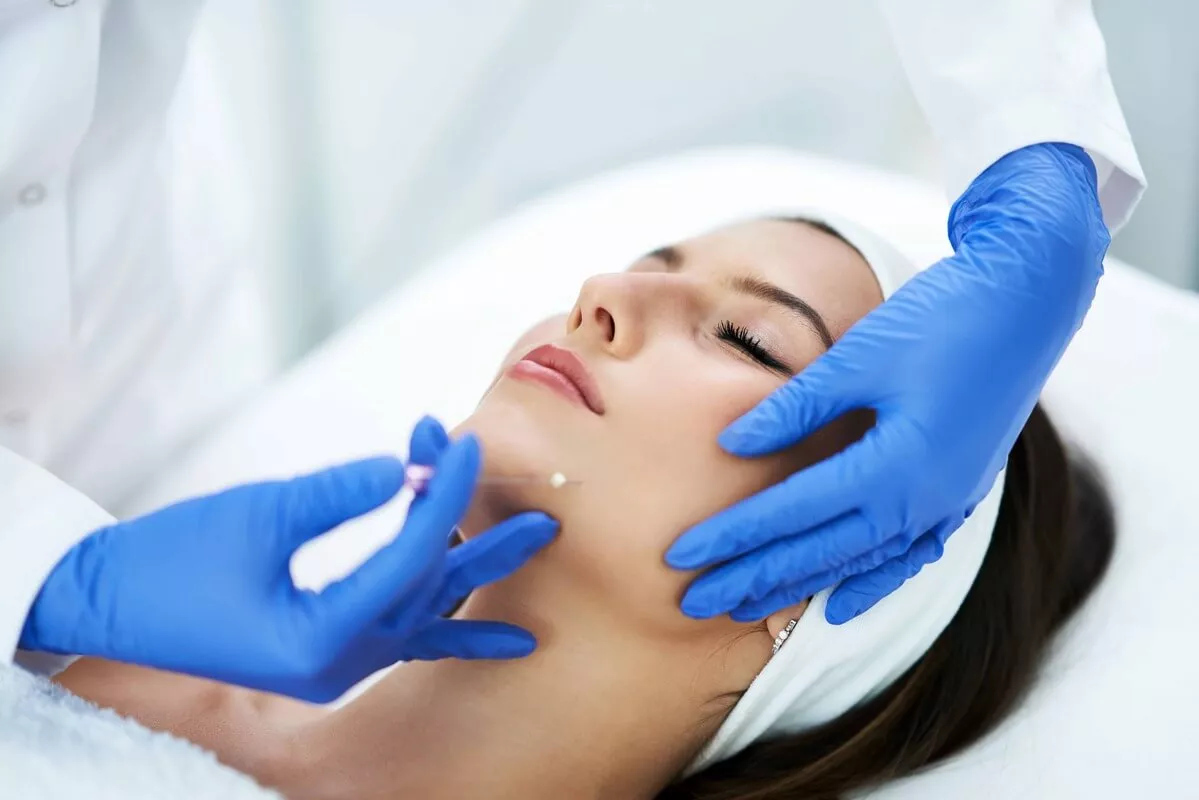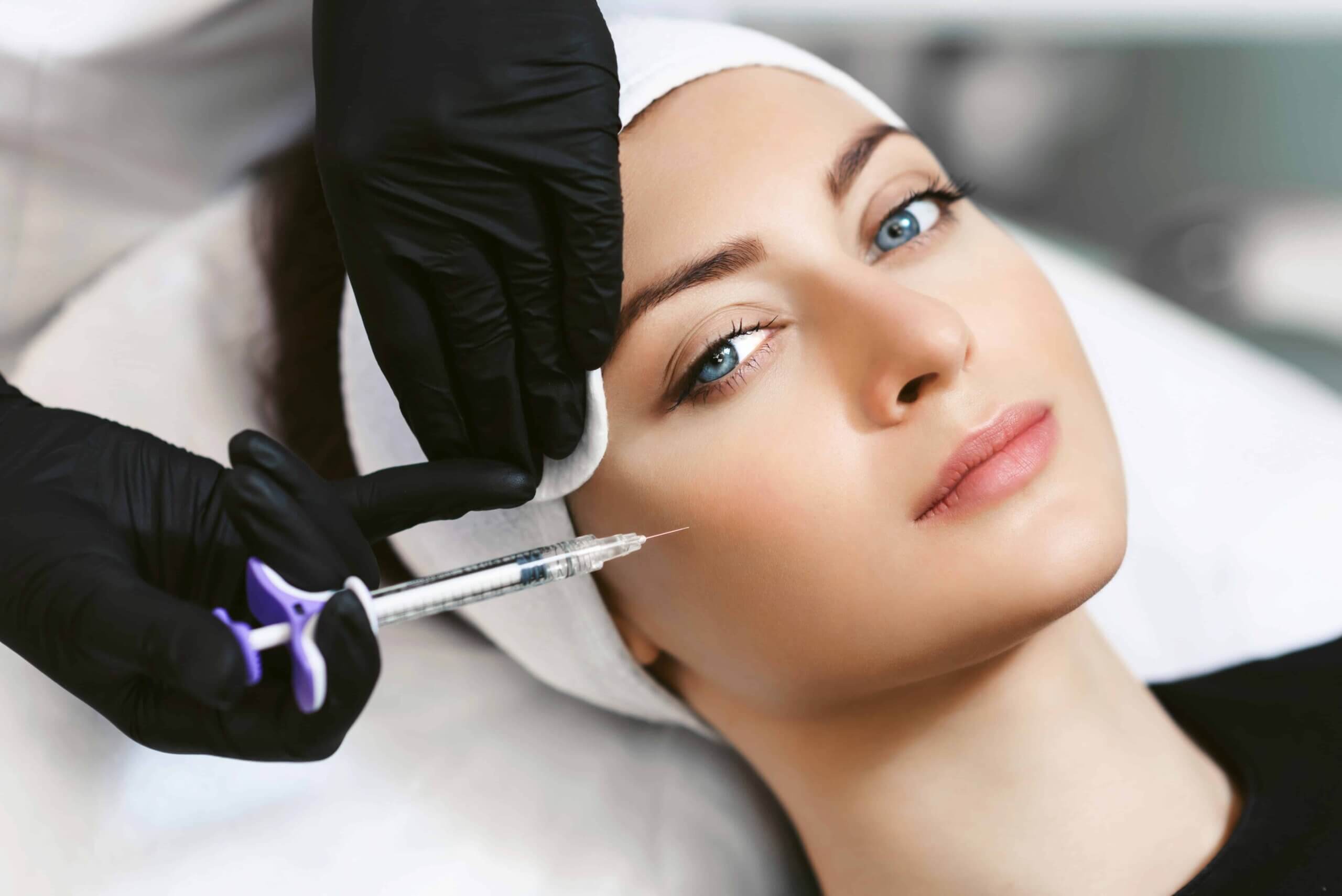A medical disorder known as hyperhidrosis occurs when the body perspires more than is necessary to maintain a normal body temperature. Excessive sweating can affect specific parts of the body, such as the face, palms, soles, and underarms, or it can affect the entire body. The illness can have a major influence on everyday activities and emotional health and typically first manifests in childhood or adolescence.
While secondary hyperhidrosis is associated with other health conditions, including diabetes, thyroid disorders, or adverse drug reactions, primary hyperhidrosis is usually inherited and has no known medical reason. Knowing hyperhidrosis entails being able to identify its origins and symptoms, which can aid in finding efficient therapies and improving hyperhidrosis management.
Types of Hyperhidrosis
Hyperhidrosis is generally classified into two main types: primary and secondary.
Primary Hyperhidrosis:
- Description: This type of hyperhidrosis is characterized by excessive sweating in specific body areas, such as the palms, soles, underarms, and sometimes the face. The sweating is usually symmetrical, affecting both sides of the body equally.
- Causes: The exact cause of primary hyperhidrosis is not well understood, but it is believed to be related to genetic factors. It often runs in families and is not associated with any underlying medical conditions. The condition is thought to result from overactive sweat glands triggered by faulty nerve signals.
- Symptoms: Symptoms typically begin in childhood or adolescence and include noticeable sweating in localized areas without an apparent cause, such as high temperature or physical exertion. Excessive sweating can persist and significantly impact daily activities and emotional well-being.
Secondary Hyperhidrosis:
- Description: Unlike primary hyperhidrosis, secondary hyperhidrosis is caused by an underlying medical condition or is a side effect of certain medications. This type can cause sweating over larger areas or even the entire body.
- Causes: Secondary hyperhidrosis can be triggered by various medical conditions, including diabetes, thyroid disorders, menopause, certain cancers, infections, and neurological disorders. It can also be a side effect of medications such as antidepressants, pain relievers, and some hormonal treatments.
- Symptoms: The onset of secondary hyperhidrosis can occur at any age and is typically associated with the underlying condition or medication. Sweating may occur both during the day and at night and maybe more unpredictable than primary hyperhidrosis.
Diagnosis of Hyperhidrosis
Diagnosing hyperhidrosis involves a combination of medical history evaluation, physical examination, and specific diagnostic tests. The goal is to determine the type of hyperhidrosis and identify any underlying causes of excessive sweating.
Medical History and Physical Examination
Initially, a medical professional will obtain a thorough medical history and do a physical examination. They will ask about the amount of time, how often, and how you sweat, as well as any things that tend to aggravate or cause the disease. Questions may include:
- When did the excessive sweating begin?
- Which areas of the body are affected?
- Is the sweating symmetrical (affecting both sides equally)?
- Do you sweat during sleep?
- Does anyone in your family have similar symptoms?
- Are there any other symptoms or underlying health issues?
Diagnostic Criteria
To diagnose primary hyperhidrosis, specific criteria must be met. Generally, a diagnosis is considered if the patient has experienced excessive sweating for at least six months without any apparent cause and if at least two of the following apply:
- Sweating occurs in specific areas such as underarms, palms, soles, or face.
- Symmetrical sweating (both sides of the body are equally affected).
- Sweating is not present during sleep.
- At least one episode of excessive sweating occurs per week.
- Family history of hyperhidrosis.
- The condition significantly interferes with daily activities.
Diagnostic Tests
Several tests can help determine the severity and specific characteristics of hyperhidrosis:
- Starch-Iodine Test: An iodine solution is applied to the affected area, followed by sprinkling starch over it. The areas of excessive sweating will turn dark blue, indicating high sweat levels.
- Paper Test: Special paper is placed on the sweaty areas to absorb the sweat. The paper is then weighed to measure the amount of sweat produced.
- Blood and Imaging Tests: These tests are used to rule out secondary hyperhidrosis caused by underlying conditions. Blood tests can detect issues like thyroid problems or diabetes, while imaging tests can help identify tumors or other abnormalities.
Hyperhidrosis Treatment
Botox neurotoxin, widely known for its cosmetic applications, is also a highly effective treatment for hyperhidrosis, particularly for individuals who experience excessive sweating in localized areas such as the underarms, palms, and soles.
How it Works
Botox (botulinum toxin type A) blocks the nerve signals responsible for activating the sweat glands. Botox temporarily blocks the production of acetylcholine, a neurotransmitter that stimulates the sweat glands, when injected into the afflicted area. As a result, perspiration in the treated areas is significantly reduced.
Procedure
The Botox treatment for hyperhidrosis is a relatively straightforward and minimally invasive procedure:
- Preparation: The area to be treated is cleaned and sometimes marked to ensure precise injection sites.
- Injection: Botox is injected just beneath the skin’s surface in areas with excessive sweating using a fine needle. Multiple injections are often required to cover the entire affected area.
- Duration: The procedure usually takes about 30 to 45 minutes, depending on the size of the area being treated.
Effectiveness
Botox treatment’s effects typically appear within a few days to a week after the injections. Depending on individual response and the specific area treated, patients can expect a substantial reduction in sweating, lasting from 4 to 12 months. Regular follow-up treatments are necessary to maintain the results.
Takeaway
Take control of your hyperhidrosis and improve your quality of life with effective Botox treatment at Philly Med Club. Our experienced medical professionals guarantee personalized care to help you manage excessive sweating. With Botox neurotoxin injections, you can experience significant relief from underarm, palm, and sole sweating, allowing you to engage in daily activities without worry confidently.
Don’t let hyperhidrosis hold you back any longer. Start an assessment with us today to explore how our treatments can benefit you. Contact Philly Med Club now and start your journey towards a more comfortable and sweat-free life.

